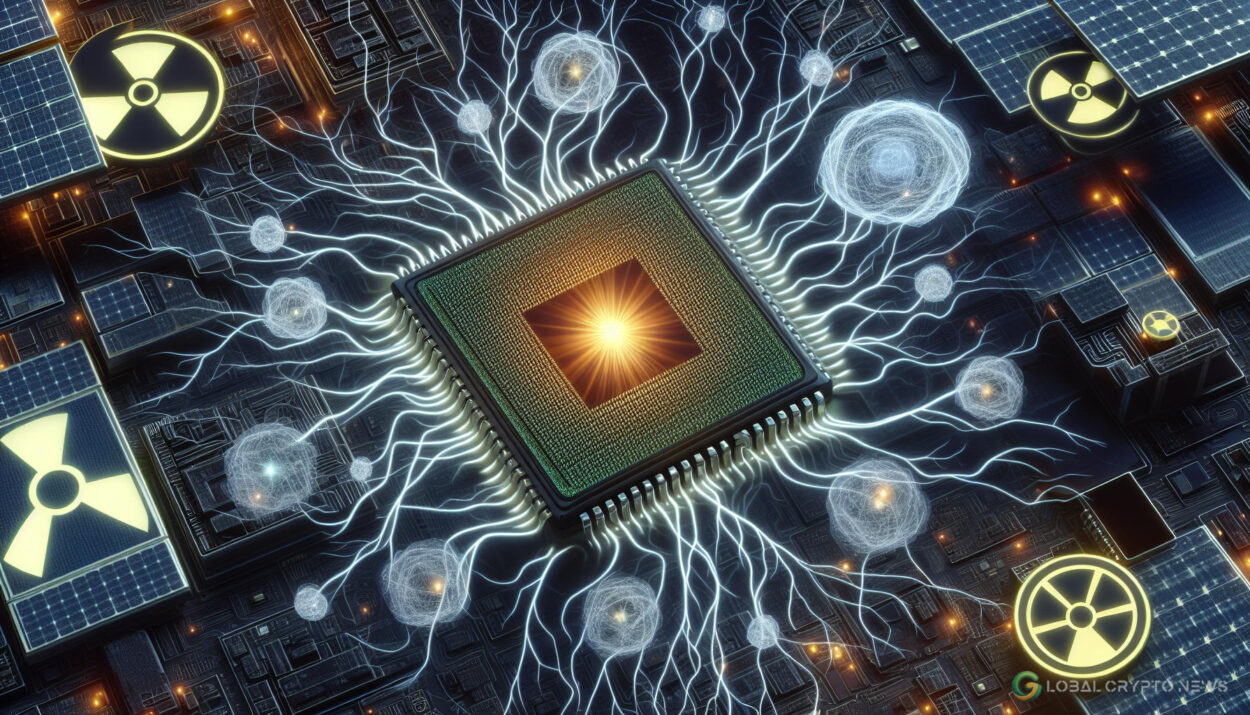“`html
Bradley Tusk, co-founder and managing partner at Tusk Venture Partners, recently shared insights on the global artificial intelligence (AI) landscape, highlighting the contrasting strengths of the United States and China. While China excels in producing low-cost AI products at scale, Tusk emphasized that the U.S. remains the leader in creating innovative and high-quality technology.
Free-Market Competition vs Government Control
Speaking on the importance of free-market dynamics, Tusk noted that U.S. companies thrive in environments with minimal government intervention. He stressed that open markets, where businesses can access global resources and sell products freely, are vital for maintaining America’s technological edge in the global AI race.
“If the question is who can produce the cheapest products at the lowest quality, fastest, that’s still China for sure. But when it is who can produce the absolute best products, the best technology, the best innovation, that’s still the United States.”
However, Tusk cautioned against heavy government oversight, expressing skepticism about any administration’s ability to effectively manage such ambitions. He underscored that free-market competition is key to sustaining the U.S.’s leadership in innovation.
Potential Risks of Isolating China
Current U.S. policies have focused on limiting China’s access to advanced chips and AI technologies, a move aimed at curbing its progress. However, Tusk warned that this strategy could inadvertently fuel Chinese innovation. He referenced Chinese company DeepSeek, which developed an energy-efficient AI model after being cut off from U.S. technology.
“The more that we keep them in a box, the more they’re going to end up being more innovative,” Tusk explained.
Despite these concerns, Tusk acknowledged that opinions on isolating China vary. Some argue that restrictions could hinder China’s technological advancement, but the outcome remains uncertain due to the complexity of global competition.
Energy Policy: A Key Factor in AI Growth
Tusk also highlighted the connection between America’s AI competitiveness and its energy policies. Developing advanced AI models requires significant computational resources, which in turn demand substantial energy. He urged the U.S. government to streamline approval processes for energy infrastructure projects, including nuclear power plants and renewable energy initiatives.
According to Tusk, incentivizing cities and states to compete in reducing regulatory and permitting obstacles could accelerate progress. He emphasized the need to address challenges like environmental reviews, community approvals, and labor rules, which often delay projects critical for supporting AI growth.
“We need a program that incentivizes cities and states to compete against each other to remove these barriers,” Tusk said.
Inclusive Energy Approach
While acknowledging that some political leaders, including former President Trump, oppose certain energy sources like wind power, Tusk argued for a balanced approach. He advocated for supporting all viable energy options, including nuclear, wind, and solar, to meet the growing computational needs of AI development.
As the global AI race intensifies, energy policy and free-market competition will play critical roles in determining the U.S.’s ability to maintain its leadership in innovation and technology.
“`























